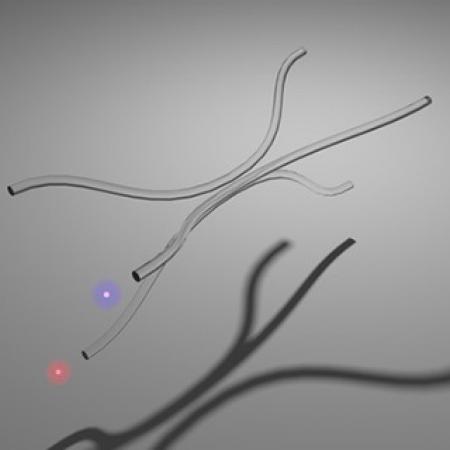Mertonian's research makes Top 10 Breakthroughs list
Merton DPhil student Adrian Menssen (2014) was the lead author on a piece of research that was one of 2017's Top 10 Breakthroughs according to Physics World, the member magazine of the Institute of Physics. The research revealed a new fundamental aspect of quantum particles, a result that also promises to have an impact in the field of quantum computation.
From our everyday experience, we know light rays pass through each other without any resistance. At a fundamental level, light is composed of particles of light—photons—that do not interact with each other. One of the major breakthroughs in the quantum theory of light, the study of photons, came 30 years ago when it was revealed that, counter-intuitively, the dynamics of two photons can become interconnected, despite there being no physical interaction between them.
Over the last 30 years, experimenters have steadily improved their methods, enabling them to reliably prepare isolated single photons. Adrian used a state-of-the-art chip-integrated light source to prepare three pure photons with a high degree of control. This enabled studying a three-particle version of the classic experiment, which revealed a surprising effect: with more photons, new interference mechanisms exist that depend on the collective properties of multiple particles. Moreover, these collective effects can enhance the strength of interference among particles, even when their properties seem very different.
Multi-photon interference is a crucial component in quantum-optical information processing, which is at the heart of the UK's major effort to create a scalable quantum computer (the Networked Quantum Information Technologies Hub, funded by EPSRC). Not only does this work expand our understanding of the foundations of quantum physics, where quantum interference is a fundamental property, it also opens new possibilities for more robust quantum computation using photons.
